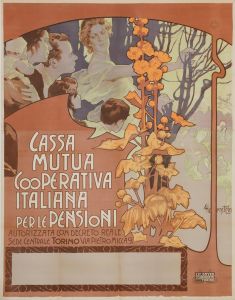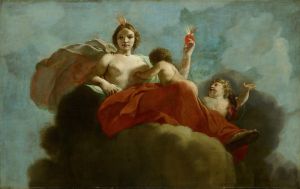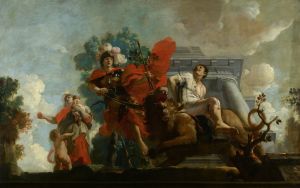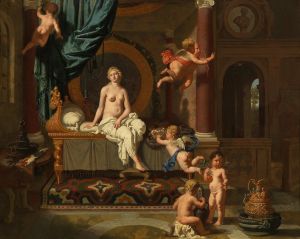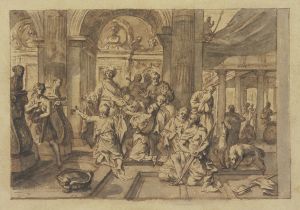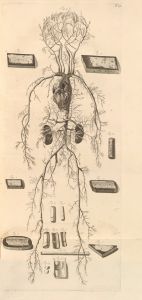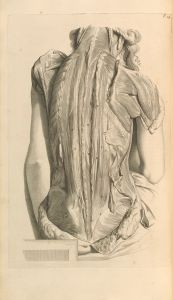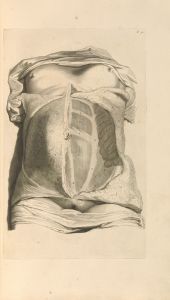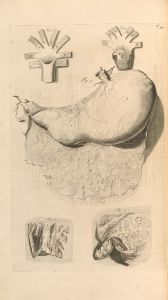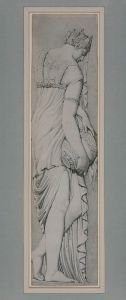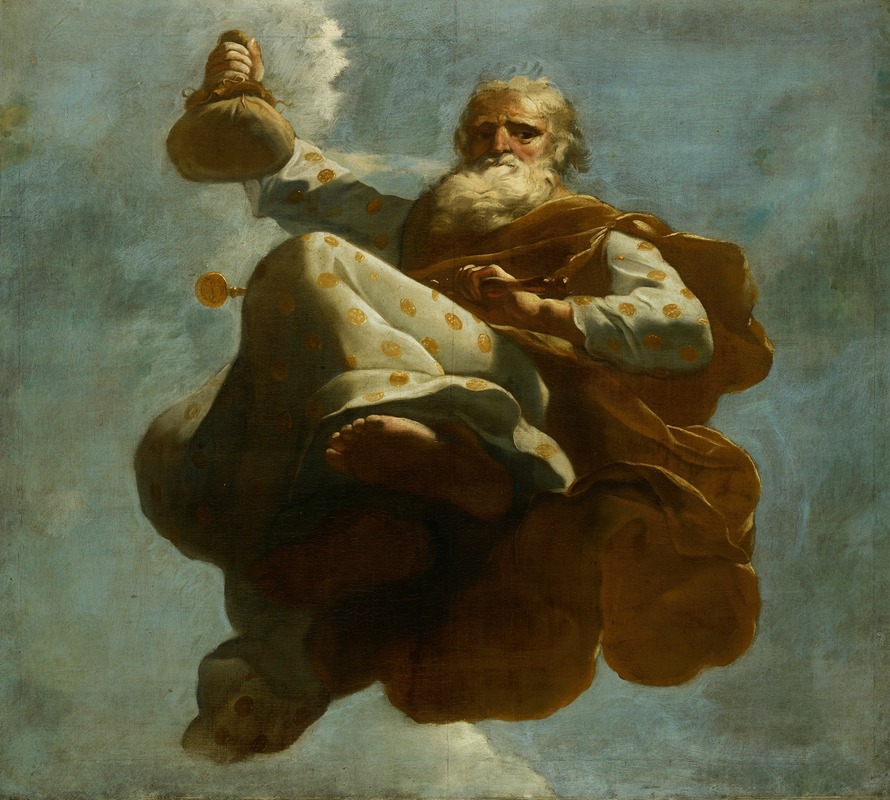
Plutus ; Allegorische voorstelling van de verzorging van leprozen en onnozelen
A hand-painted replica of Gerard de Lairesse’s masterpiece Plutus ; Allegorische voorstelling van de verzorging van leprozen en onnozelen, meticulously crafted by professional artists to capture the true essence of the original. Each piece is created with museum-quality canvas and rare mineral pigments, carefully painted by experienced artists with delicate brushstrokes and rich, layered colors to perfectly recreate the texture of the original artwork. Unlike machine-printed reproductions, this hand-painted version brings the painting to life, infused with the artist’s emotions and skill in every stroke. Whether for personal collection or home decoration, it instantly elevates the artistic atmosphere of any space.
Gerard de Lairesse was a prominent Dutch Golden Age painter, art theorist, and engraver, known for his classical and allegorical works. One of his notable paintings is "Plutus; Allegorische voorstelling van de verzorging van leprozen en onnozelen," which translates to "Plutus; Allegorical Representation of the Care of Lepers and Fools."
Gerard de Lairesse was born in Liège in 1641 and later moved to Amsterdam, where he became a leading figure in the art world. His works were heavily influenced by classical antiquity and the Baroque style, and he was known for his detailed and dramatic compositions. De Lairesse's paintings often contained moral and philosophical themes, reflecting his deep engagement with the intellectual currents of his time.
"Plutus; Allegorische voorstelling van de verzorging van leprozen en onnozelen" is an allegorical painting that depicts the care of lepers and fools, symbolized by the figure of Plutus, the Greek god of wealth. In classical mythology, Plutus is often associated with abundance and prosperity, but in this painting, de Lairesse uses him to explore themes of charity and social responsibility.
The painting is characterized by its rich use of color, intricate details, and the dramatic interplay of light and shadow, which are hallmarks of de Lairesse's style. The composition likely includes various figures representing different aspects of society, such as the wealthy, the poor, the sick, and the caregivers. Through this allegory, de Lairesse may be commenting on the moral obligations of the wealthy to care for the less fortunate, a common theme in the art and literature of the period.
De Lairesse's work was highly regarded during his lifetime, and he was a sought-after artist for both private commissions and public projects. His influence extended beyond painting; he also wrote extensively on art theory. His most famous treatise, "Het Groot Schilderboek" (The Great Book of Painting), published in 1707, was an important reference for artists and art lovers in the 18th century.
Despite his success, de Lairesse's life was marked by personal challenges. He suffered from congenital syphilis, which eventually led to blindness in his later years. This condition forced him to give up painting, but he continued to contribute to the art world through his writings and teachings.
"Plutus; Allegorische voorstelling van de verzorging van leprozen en onnozelen" exemplifies de Lairesse's ability to blend classical themes with contemporary social issues, creating works that were both visually stunning and intellectually engaging. His legacy as an artist and theorist remains significant, and his paintings continue to be studied and admired for their technical mastery and depth of meaning.






